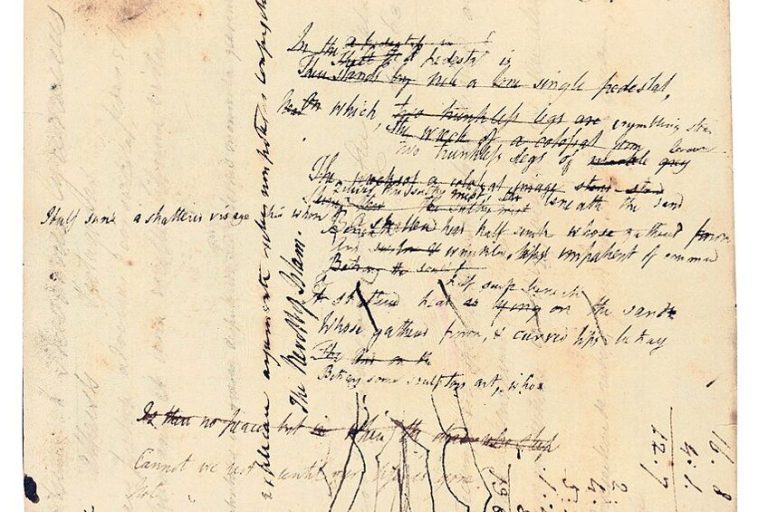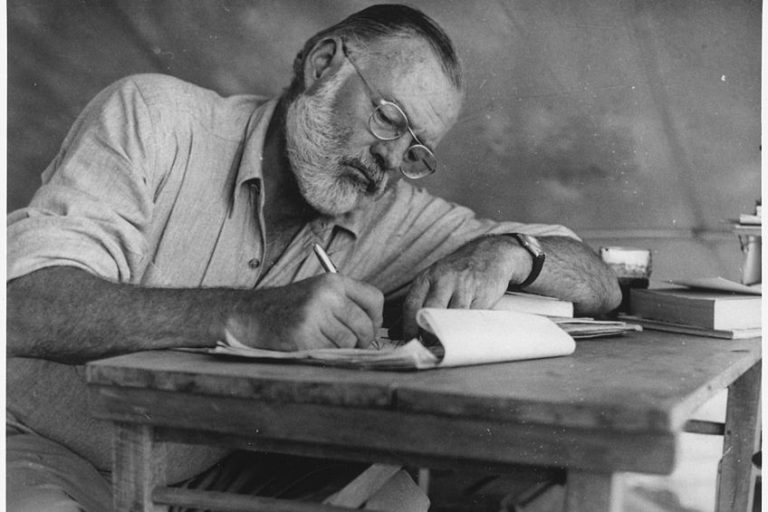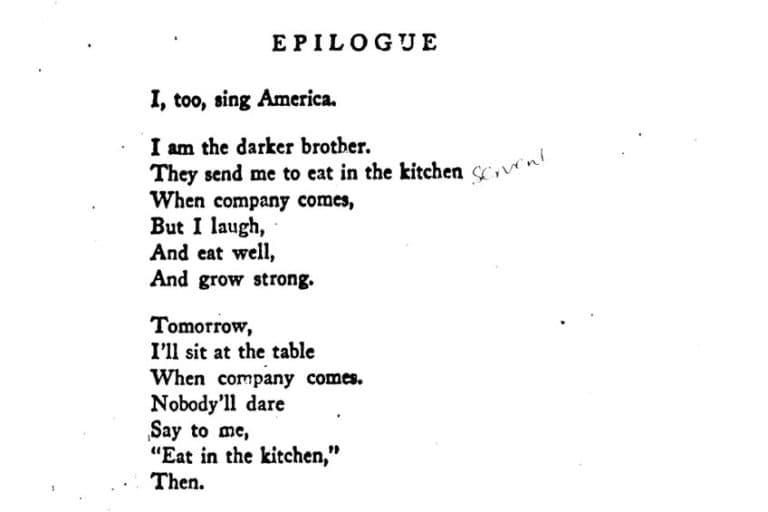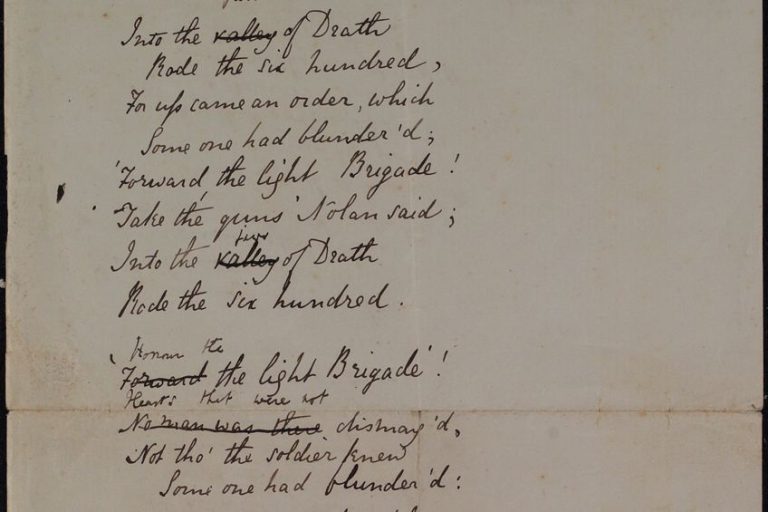Beatrix Potter – Famed Author of Beloved Children’s Books
Beatrix Potter was an English author, illustrator, natural scientist, and conservationist best known for her beloved children’s books featuring animal characters such as Peter Rabbit, Jemima Puddle-Duck, and Squirrel Nutkin. Born in London, Potter’s passion for nature and storytelling was nurtured during her childhood holidays in the countryside, where she developed a keen eye for detail and a deep appreciation for wildlife. Her debut book, The Tale of Peter Rabbit, published in 1902, became an instant success and paved the way for a series of enchanting tales that have captivated generations of readers. Beyond her literary achievements, Potter was a pioneering conservationist, using the proceeds from her books to preserve vast tracts of land in the Lake District, ensuring its protection for future generations. Her enduring legacy continues to inspire and enchant, blending her love for nature with timeless storytelling.
Key Takeaways
- Beatrix Potter is celebrated for her children’s books featuring characters like Peter Rabbit.
- Her works include endearing illustrations that complement her storytelling.
- Potter’s contributions to conservation have left a lasting impact on the Lake District.
Early Life and Background
| Birth | July 28, 1866 |
| Death | December 22, 1943 |
| Place of Birth | West Brompton, London, United Kingdom |
| Genre of Work | Children’s literature and fantasy |
Helen Beatrix Potter was an English writer, illustrator, and natural scientist renowned for her enduring children’s books. Her legacy is closely associated with the idyllic countryside and the cast of anthropomorphic characters she created, such as Peter Rabbit, Jemima Puddle-Duck, and Mrs. Tiggy-Winkle. Her storytelling, merged with her own charming illustrations, has captured the imaginations of children and adults alike, ensuring her stories’ place in the canon of classic children’s literature.
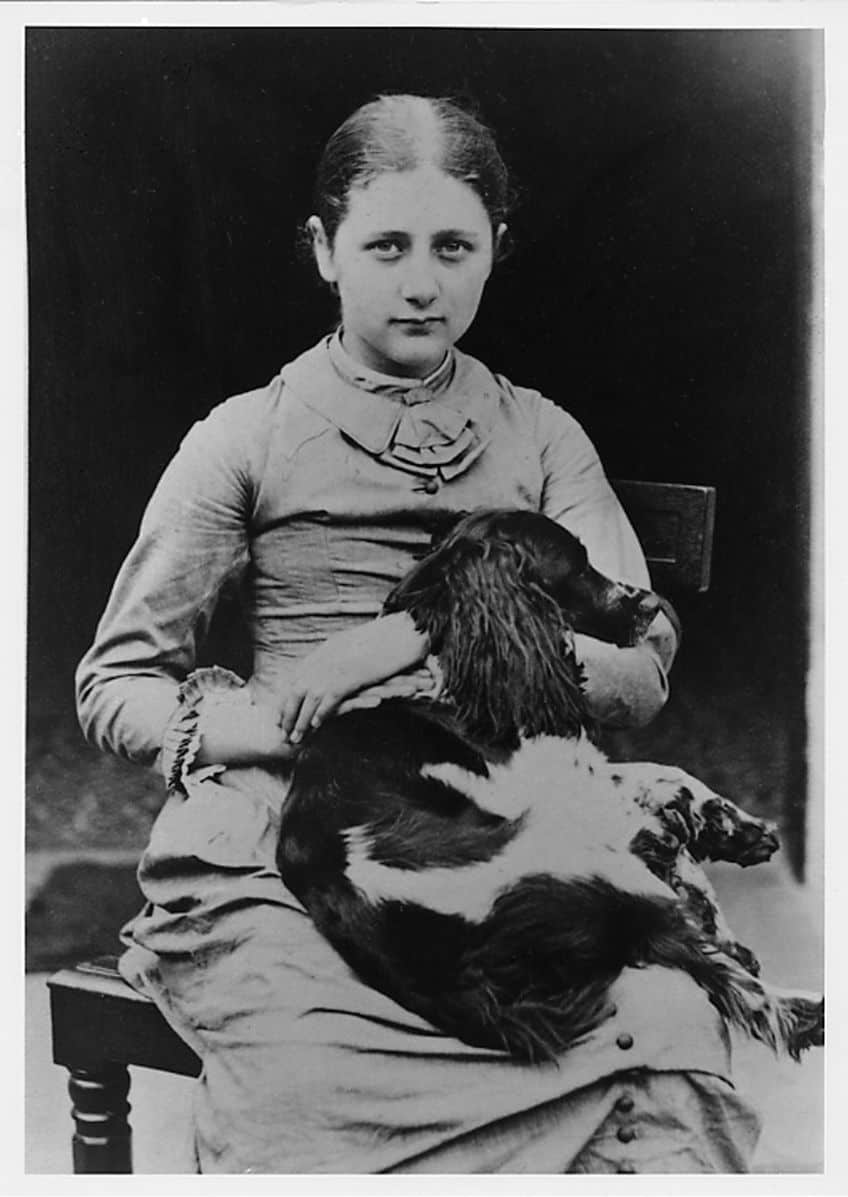
Beyond her literary accomplishments, Beatrix Potter was a notable conservationist. She utilized the proceeds from her books as well as her inheritance to acquire land in the Lake District, intending to preserve the area’s natural beauty and farming heritage. After her death, she left a substantial portion of her property to the National Trust, a conservation organization in the United Kingdom, which helped establish her as an important figure in land conservation.
Formative Years in London
Helen Beatrix Potter was born on July 28, 1866, in Kensington, a fashionable district in London. Her father, Rupert Potter, was a successful lawyer and also dabbled in photography, while her mother, Helen Potter, was from a merchant family.
Growing up in an affluent household, Beatrix Potter had the privilege of private tutors and enjoyed the trappings of Victorian leisure, which facilitated her early artistic endeavors.
Education and Influences
Beatrix’s education was a mix of home-schooling and artistic instruction. She was educated by governesses, which was common for girls of her social class at the time. Her artistic talents were recognized early, and she received additional education in the arts. She attended the National Art Training School, which later became the Royal College of Art, situated in South Kensington.

Notably, Beatrix Potter admired the work of the Pre-Raphaelite artists, including John Everett Millais. The influence of these artists manifested in her own illustrations, which would later become beloved by children across the world. Potter developed a keen interest in natural science, botany, and the study of fungi, which further enriched her early illustrations—combining scientific accuracy with imaginative storytelling.
Literary Achievements and Works
Beatrix Potter’s literary career is marked by her success as an author and illustrator with a legacy cemented by the publication of The Tale of Peter Rabbit and numerous other children’s books.

Publication of Peter Rabbit
The Tale of Peter Rabbit represents a cornerstone of Beatrix Potter’s literary career. Initially rejected by several publishers, Potter’s narrative concerning the mischievous adventures of Peter Rabbit found success when Frederick Warne & Co. published it in 1902.
Prior to this official publication, Potter had self-published a private edition in 1901, which showcased her potential as a storyteller.
Children’s Tales and Illustrations
Beatrix Potter’s contributions to children’s literature extend far beyond her first book. Here is a list of some of her notable works, along with their publication years by Frederick Warne & Co.:
- The Tale of Squirrel Nutkin (1903): A story about a cheeky red squirrel named Squirrel Nutkin who taunts an owl.
- The Tailor of Gloucester (1903): A tale about the generosity and creative spirit of a tailor helped by mice.
- The Tale of Mr. Jeremy Fisher (1906): This book tells of a frog who encounters various challenges while fishing.
- The Tale of Tom Kitten (1907) and The Tale of Samuel Whiskers (1908): Two separate tales featuring kittens and their misadventures.
- The Tale of Jemima Puddle-Duck (1908): Chronicles the story of a duck who seeks a place to lay her eggs.
These tales are often accompanied by Potter’s charming illustrations that visually bring characters like Tom Kitten and Mr. Jeremy Fisher to life.

Other Literary Contributions
In addition to her beloved children’s books, Beatrix Potter also ventured into other literary territories. For instance, The Tale of Little Pig Robinson (1930) was her last published book and mirrored the style of her earlier tales. Other works, such as Kitty-in-Boots, showcased her talent posthumously when it was published much later in 2016.
Potter’s contributions to literature were not just confined to writing and illustration; her work in land conservation and recognition of the value of the natural world also contribute to her legacy.
Personal Life and Relationships
Beatrix Potter led a life marked by poignant relationships and personal growth that mirrored her professional success. She entered into meaningful partnerships, culminating in marriage, all while nurturing her passions for writing, illustration, and conservation.

Partnership With Norman Warne
Norman Warne was Beatrix Potter’s publisher and became her fiancé. Their partnership blended professional collaboration and personal affection, which blossomed as they worked together on Potter’s books.
Tragically, their engagement was short-lived; Norman Warne passed away just a month after their betrothal, leaving a profound impact on Potter’s life.
Marriage to William Heelis
Several years after Warne’s death, Potter found companionship with William Heelis, a respected solicitor. They married in 1913 and found shared interests in rural life and nature conservation. The couple resided at Castle Cottage in the Lake District and Potter’s enthusiasm for the natural world was supported and shared by Heelis. Their marriage lasted until Potter’s death in 1943, during which time she devoted much of her life to land conservation efforts, ensuring the preservation of the countryside she cherished.

Conservation Efforts and Legacy
Beatrix Potter’s admiration for the English Lake District manifested through her significant contributions to land preservation and environmental conservation. The Lake District’s rural landscapes and heritage farms owe much to her efforts and foresight.

Land Preservation and Farming
Potter was a pioneering conservationist and a committed farmer. She purchased Hill Top Farm in Near Sawrey, a decision marking the beginning of a series of critical land acquisitions meant to preserve the unique beauty of the Lake District. By the end of her life, she had acquired 4,000 acres of land, which included farms and pristine countryside.
As a sheep breeder, she made notable contributions to protecting and breeding Herdwick sheep, a breed indigenous to the Lake District, thus fostering sustainable farming practices vital to the area’s ecological balance.
Influence and Bequests
Allying with figures like Hardwicke Rawnsley, one of the founders of the National Trust, Potter’s conservationist goals gained momentum. Her influence extended beyond her lifetime with substantial bequests. Upon her death, Potter entrusted a substantial portion of her land holdings, including 14 farms, to the National Trust. This act assured the ongoing protection of the rural landscapes she had worked so tirelessly to maintain.

Legacy of Beatrix Potter Today
Today, Potter’s legacy is tightly interwoven with the fabric of the English countryside. Her properties, now under the care of the National Trust, act as time capsules preserving the pastoral beauty of the region. Her foresight has been central to ensuring that the expanses of countryside, which inspired her timeless tales, continue to be a source of national heritage and natural splendor for generations to experience.
Beatrix Potter’s enduring legacy extends far beyond her cherished children’s books; she was a visionary whose work has had a lasting impact on both literature and environmental conservation. Her enchanting tales, filled with vividly illustrated animal characters, have become timeless classics, beloved by readers of all ages. Potter’s astute observations of nature not only enriched her storytelling but also fueled her passion for land preservation, leading to significant contributions to the conservation of the Lake District. Through her artistic and environmental efforts, Potter left an indelible mark on the world, blending creativity with a profound respect for nature. Her life and work continue to inspire, reminding us of the power of storytelling and the importance of protecting the natural world.
Frequently Asked Questions
What Are Some of Beatrix Potter’s Most Famous Characters?
Beatrix Potter created numerous memorable characters in her children’s books. The most famous of these is Peter Rabbit, who made his first appearance in The Tale of Peter Rabbit. Other notable characters include Jemima Puddle-Duck, Mrs. Tiggy-Winkle, and Squirrel Nutkin.
Where Did Beatrix Potter Live?
Beatrix Potter spent much of her time in the Lake District, a region in North West England renowned for its natural beauty. She initially visited the area on holiday with her family and later made it her permanent home.
Who Inherited Beatrix Potter’s Wealth After Her Death?
Upon her death in 1943, Beatrix Potter left a substantial portion of her estate, including 15 farms and over four thousand acres of land, to the National Trust. Her wealth was directed towards the preservation of the land she cherished, ensuring it would remain untouched for future generations to enjoy.
Isabella studied at the University of Cape Town in South Africa and graduated with a Bachelor of Arts majoring in English Literature & Language and Psychology. Throughout her undergraduate years, she took Art History as an additional subject and absolutely loved it. Building on from her art history knowledge that began in high school, art has always been a particular area of fascination for her. From learning about artworks previously unknown to her, or sharpening her existing understanding of specific works, the ability to continue learning within this interesting sphere excites her greatly.
Her focal points of interest in art history encompass profiling specific artists and art movements, as it is these areas where she is able to really dig deep into the rich narrative of the art world. Additionally, she particularly enjoys exploring the different artistic styles of the 20th century, as well as the important impact that female artists have had on the development of art history.
Learn more about Isabella Meyer and the Art in Context Team.
Cite this Article
Isabella, Meyer, “Beatrix Potter – Famed Author of Beloved Children’s Books.” Art in Context. May 21, 2024. URL: https://artincontext.org/beatrix-potter/
Meyer, I. (2024, 21 May). Beatrix Potter – Famed Author of Beloved Children’s Books. Art in Context. https://artincontext.org/beatrix-potter/
Meyer, Isabella. “Beatrix Potter – Famed Author of Beloved Children’s Books.” Art in Context, May 21, 2024. https://artincontext.org/beatrix-potter/.





